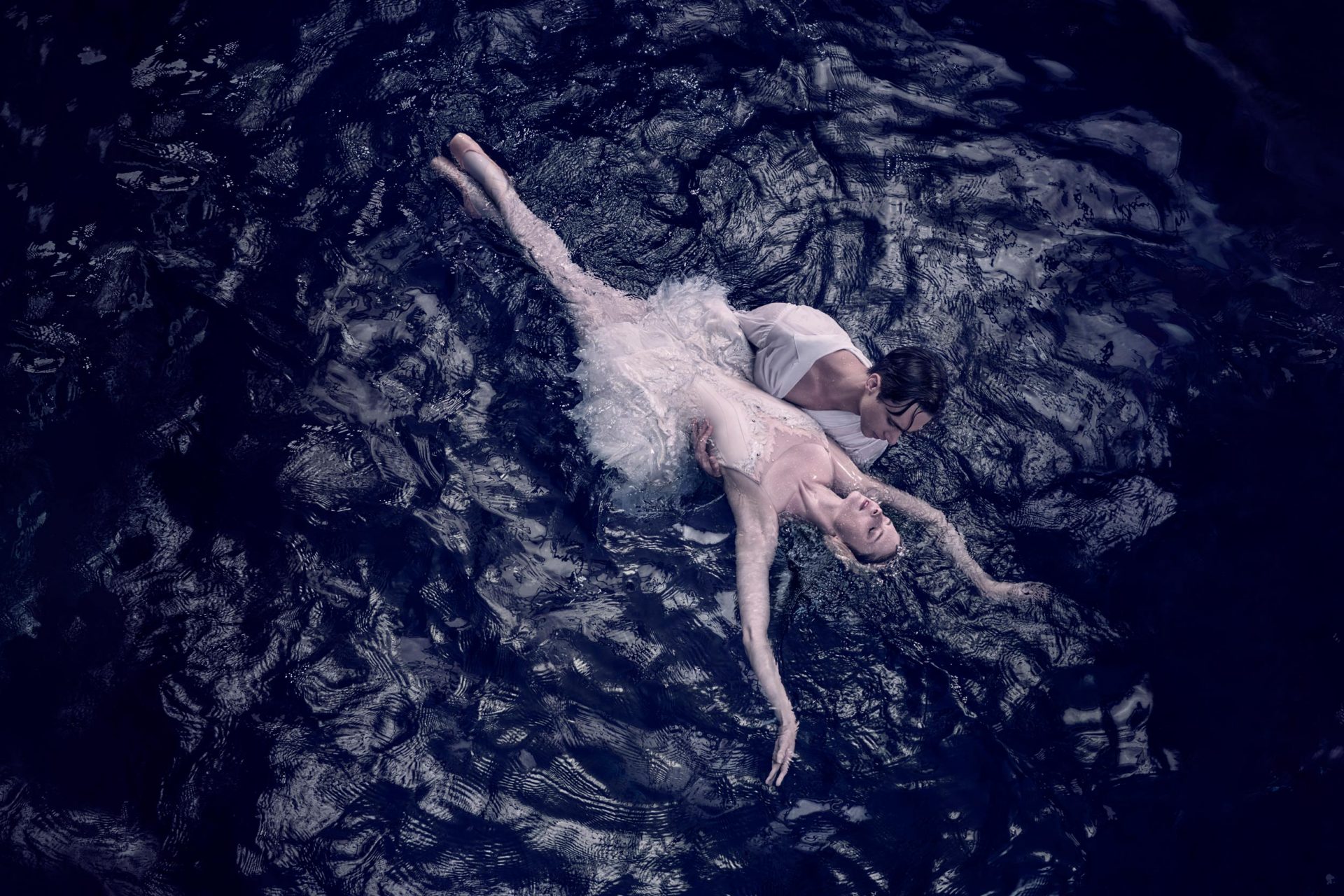
Five reasons Swan Lake is the most timeless ballet
The stunning image of ballerinas in white tutus dancing in unison enchants audiences across the globe. Yet, when the ballet was first staged in Moscow in 1877, it was met with a tepid response and many critics felt the production was indistinctive and forgettable. So why has Swan Lake come to be known as the quintessential classical ballet?
Here are the top 5 reasons Swan Lake is considered the most timeless ballet!
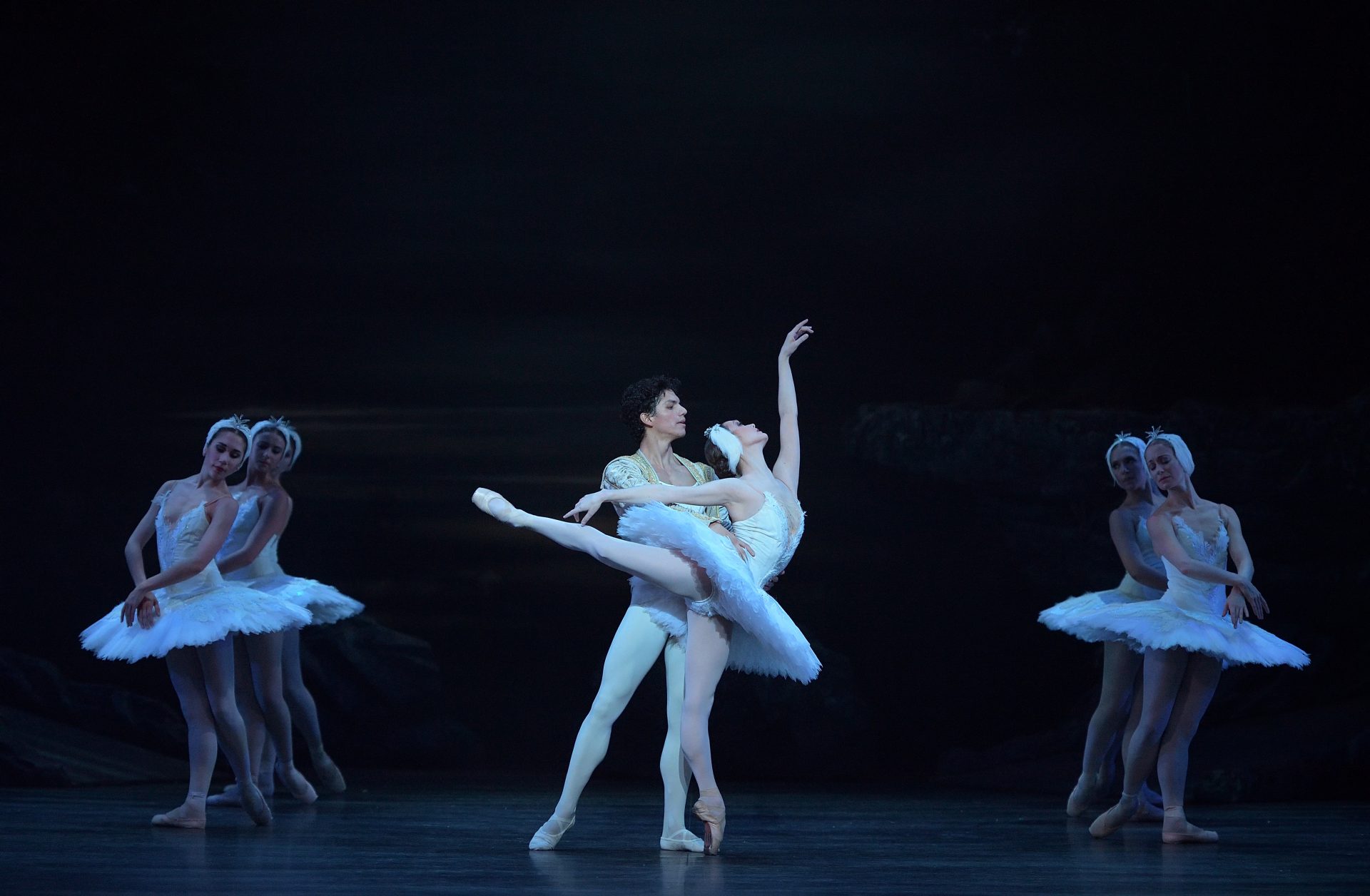
1. A compelling story of tragic love
Many of the most powerful love stories are tragedies. Like Romeo and Juliet and Titanic, the story of Swan Lake is a classic example of the tragic love narrative, bursting with passion, betrayal and drama.
Cursed by the evil sorcerer Rothbart, Princess Odette is transformed into a swan and condemned to a life at the lakeside – a spell breakable only by true love. Fortunately, the charming Prince Siegfried meets the beautiful swan Odette and proclaims his love for her. But Rothbart’s scheming continues and he tricks Siegfried into betraying Odette by professing his love for Odile, the deceptive Black Swan.
Odette forgives Siegfried but is so crushed by his betrayal that she fatally throws herself into the lake. Distraught, Siegfried decides to follow his true love to death. This tragic final act of love breaks Rothbart’s evil spell and allows Odette and Siegfried to unite in eternal love.
Whether tragic love stories act as a cautionary tale, provide much needed catharsis, or make us appreciate our loved ones, Swan Lake is a prime example of their enduring power to captivate and move audiences.
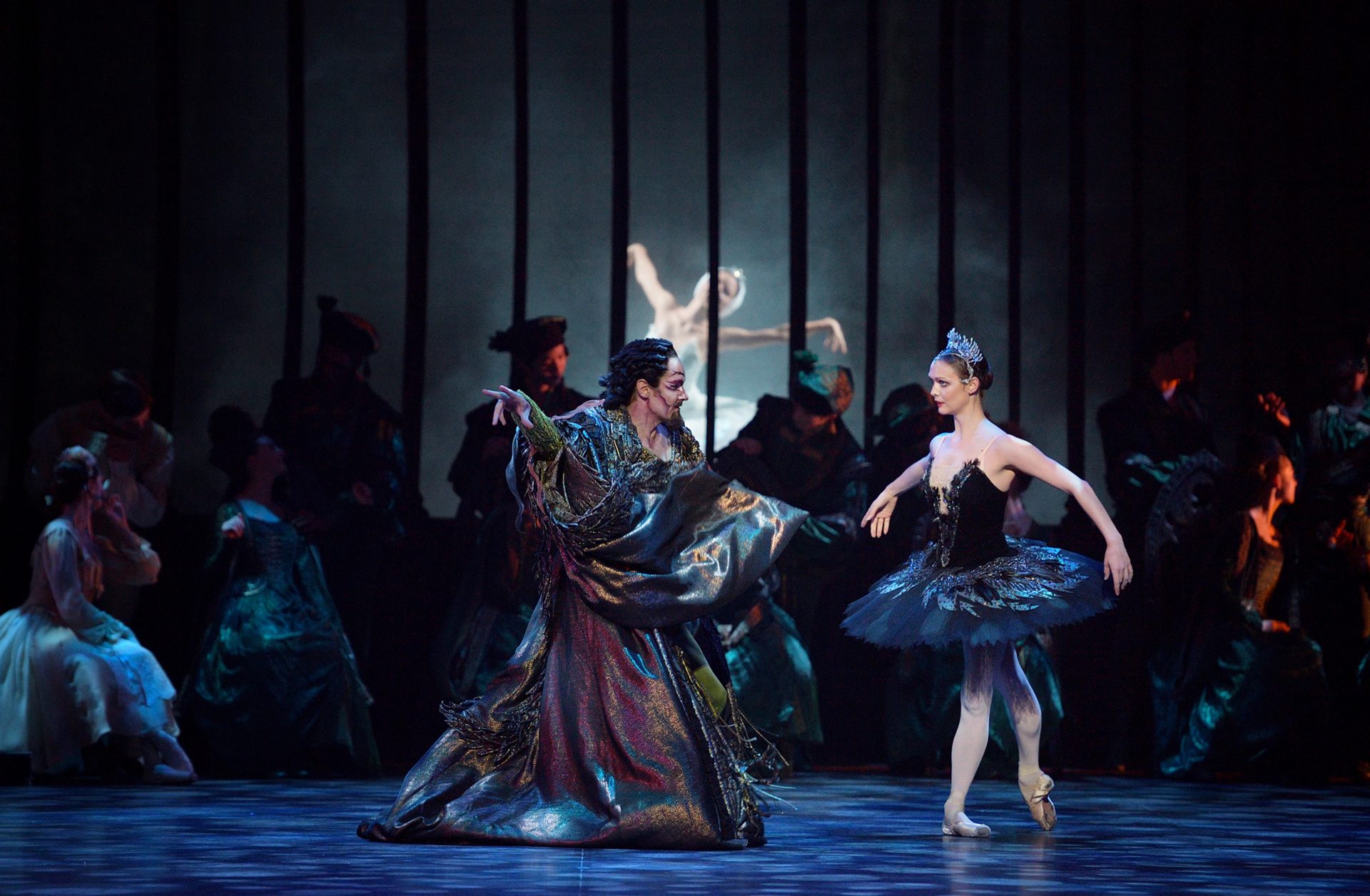
2. Tchaikovsky’s stunning score
Pyotr Ilyich Tchaikovsky is one of the most successful composers of all time and created the music for many popular ballets. Swan Lake may have been his first major ballet composition, but his intricate and inventive orchestrations raised the standard for all future ballet scores. His skilful use of leitmotifs – repeated sections of music associated with a particular character, place or mood – reinvented ballet music as an essential part of the dramatic narrative rather than a simple accompaniment to the dancing.
The stirring music of Swan Lake is now instantly recognisable. You’ll never forget your first time hearing Tchaikovsky’s sumptuous Swan Theme as the ethereal swans flood the stage. It’s glorious!
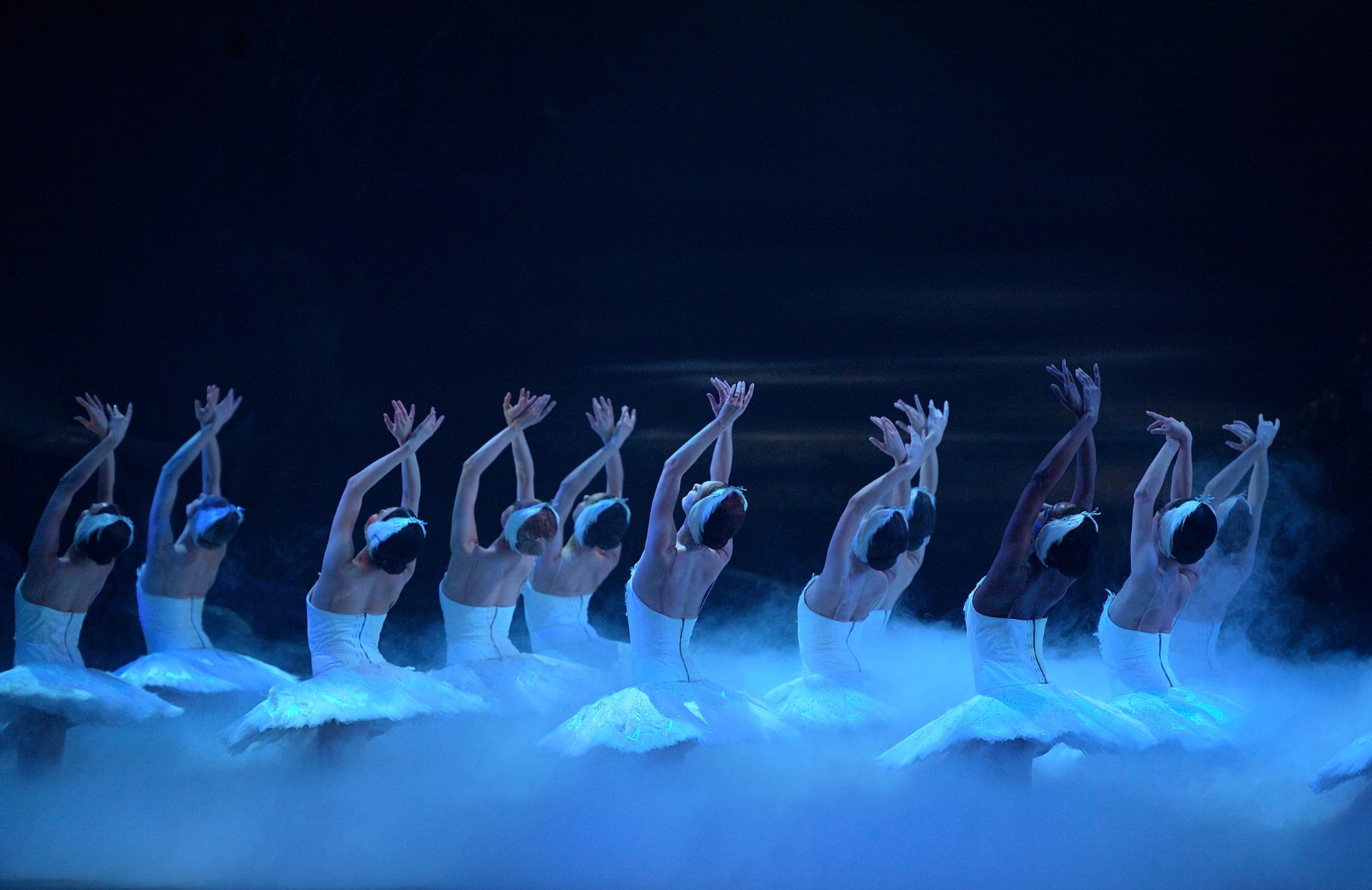
3. The iconic corps de ballet as swans
Swan Lake is one of the most demanding productions for the corps de ballet. Not only is the choreography technically challenging, but in order to create the effect of a flock of swans, the corps de ballet need to move in complete unison.
A great deal of strength and stamina is required to perform the ethereal movements and intricate formations. But this all works together to create the most unique and iconic choreography in ballet history: the hypnotic flock of corps de ballet swans moving their arms in synchronised ripples while fluttering en pointe. It may be challenging to perform, but it is utterly mesmerising to witness!
You can watch an extract of the entrancing corps de ballet swans below.
4. The famous dual role of the White and Black Swan
Swan Lake is popular for its fascinating representation of good versus evil, depicted through two opposing swans: the vulnerable, ethereal White Swan and the seductive, deceptive Black Swan. Although the characters were initially performed by two different ballerinas, over time it has become customary for the White and Black Swan to be danced by the same one.
This has created one of the most technically and emotionally demanding roles a ballerina can perform. Not only does it require world-class dancing (the infamous 32 fouetté turns!) but portraying two contrasting characters within one performance takes some seriously strong acting skills. This role is a tour de force for ballerinas.
You can find out more about performing the dual role in this video!
5. The most well-known ballet in the world
Swan Lake is one of the most widely performed ballets across the globe. Not only does the ballet beautifully display the technical and emotional brilliance of the ballerina performing the White/Black Swan, but it also celebrates the wonderful corps de ballet. Their undulating swan arms have become a symbol of classical ballet and the Dance of the Cygnets – a demanding variation for four members of the corps – showcases emerging talent within the Company.
Swan Lake is also the most widely known ballet in popular culture. Its influence can be seen in Darren Aronofsky’s film Black Swan, Taylor Swift’s Shake It Off music video, and even Miss Piggy’s performance of ‘Swine Lake’ in The Muppet Show. Swan Lake’s impact and success goes far beyond the ballet world!
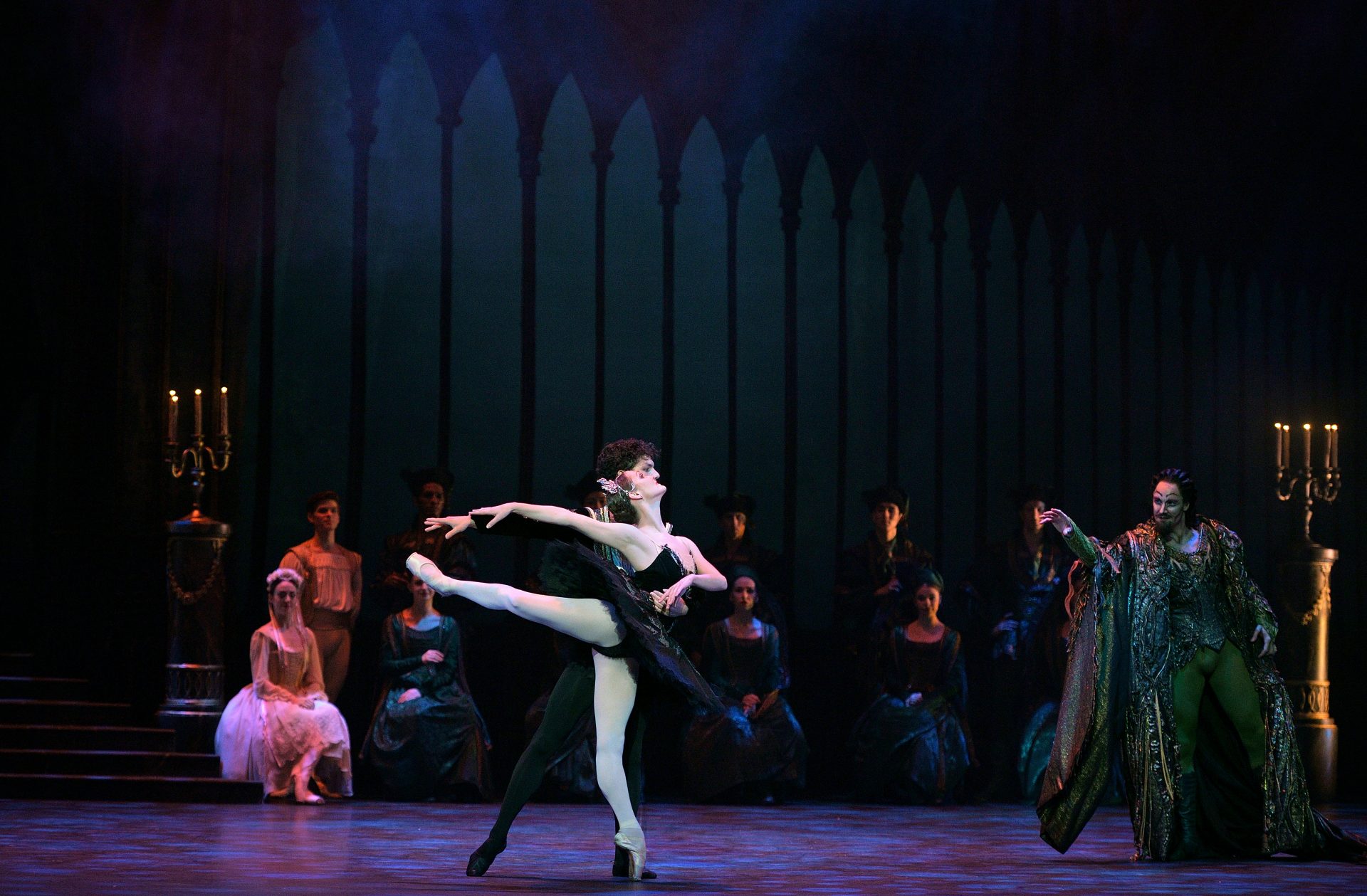
Swan Lake has everything. With its passionate story, sumptuous score, and iconic choreography, it’s no wonder this ballet continues to captivate audiences and creatives alike!
Rent Swan Lake on Ballet on Demand and experience this breathtaking and timeless production.